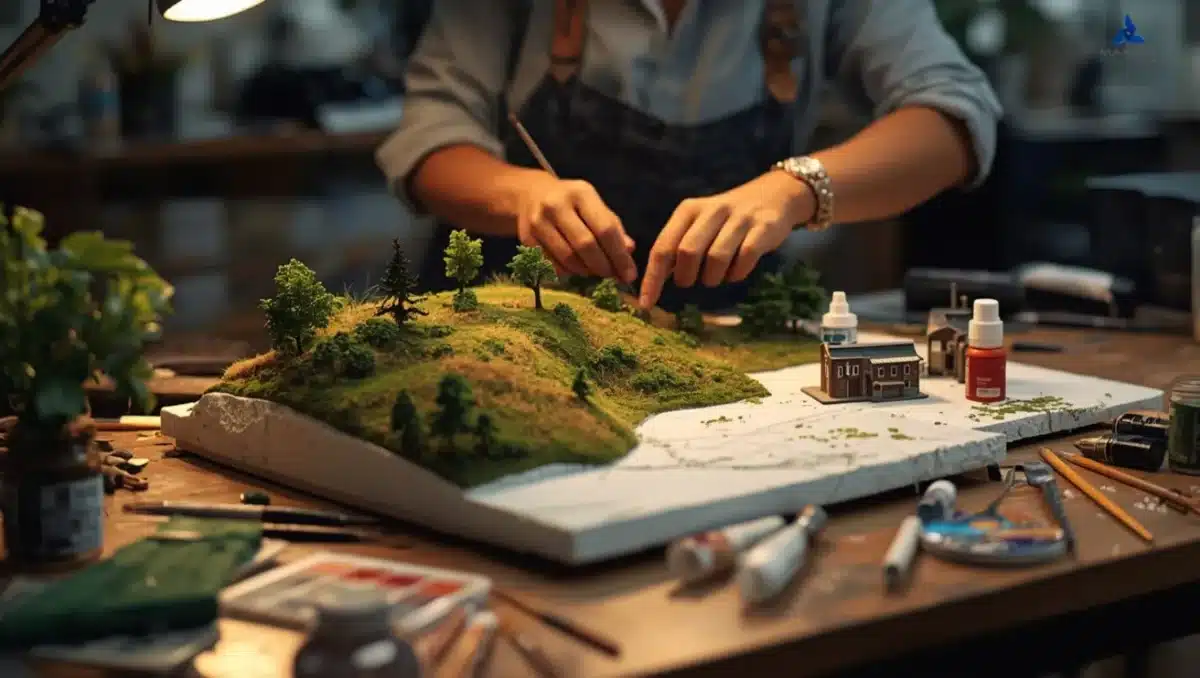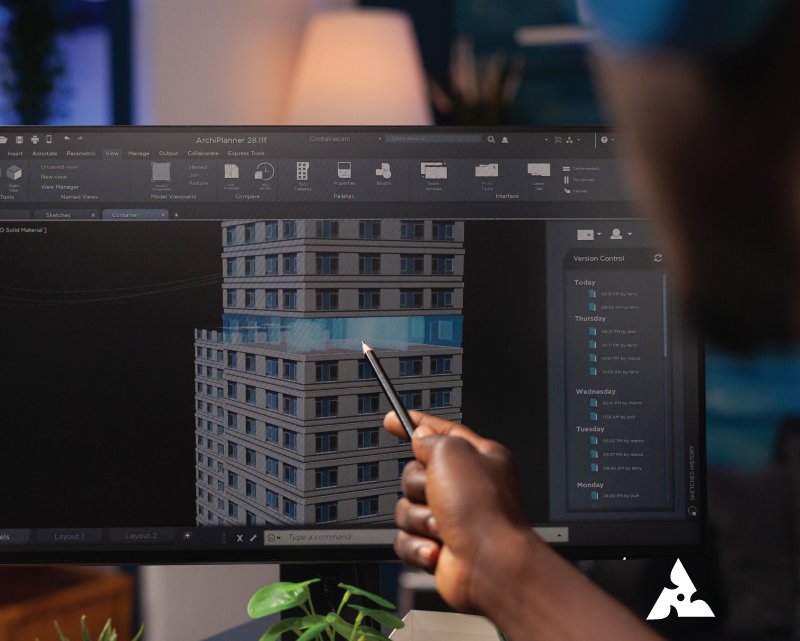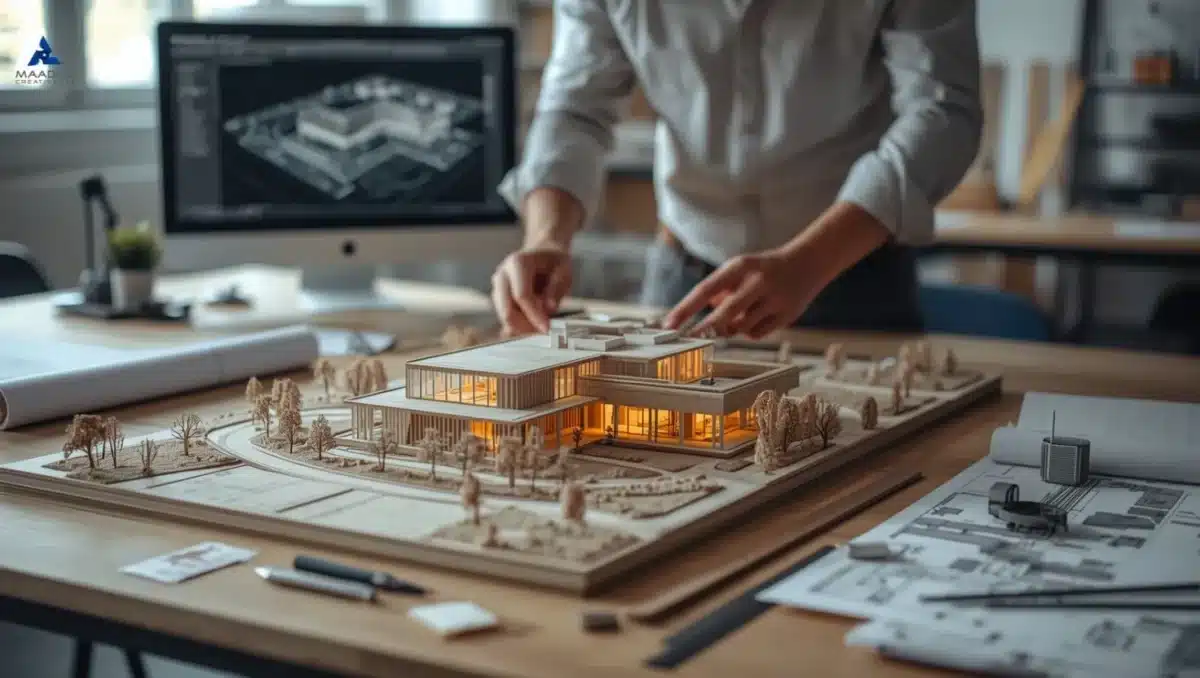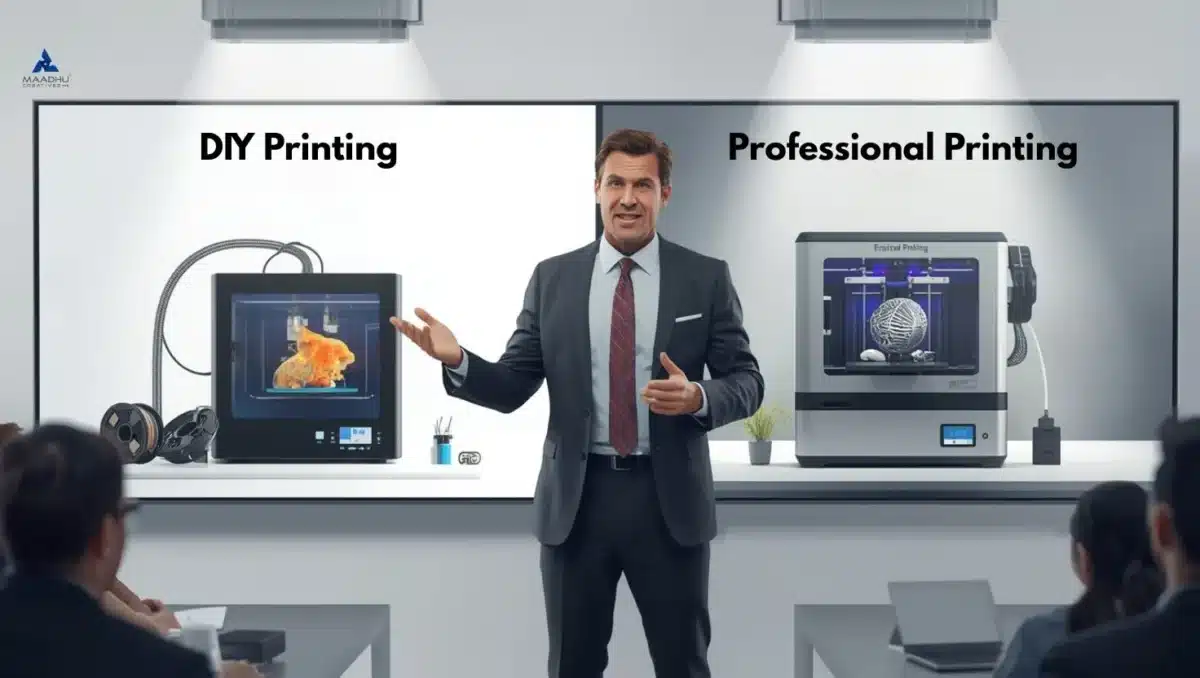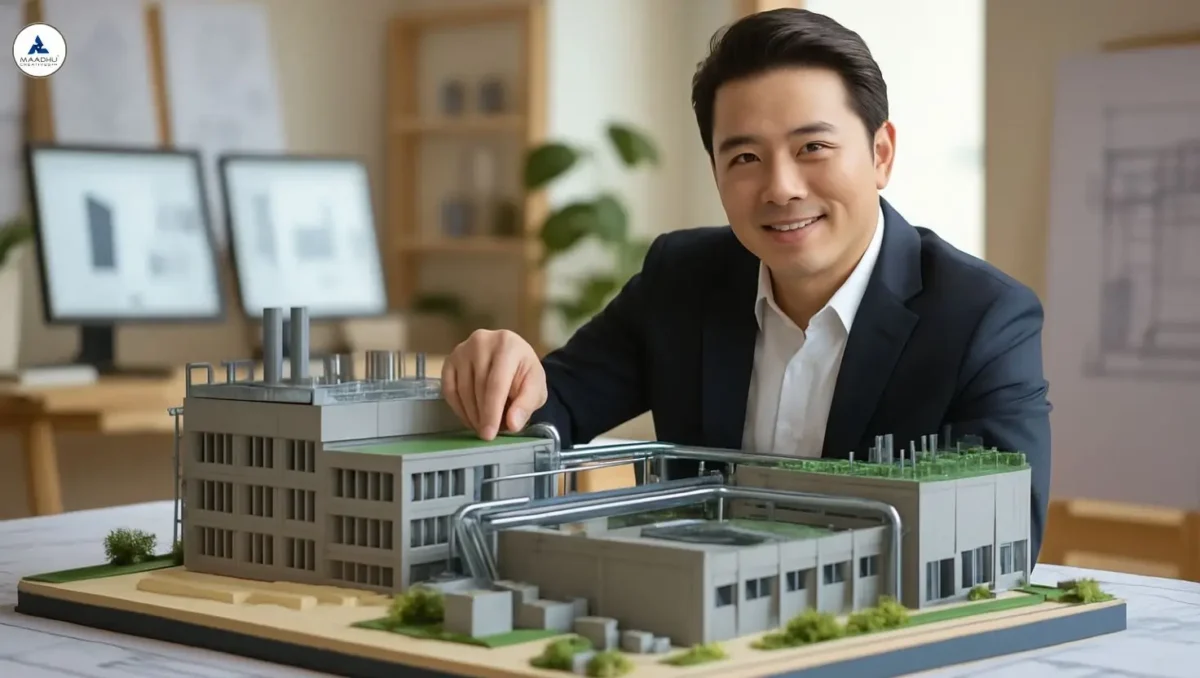Discover how to create a stunning handmade diorama that brings your imagination to life in miniature form. This detailed step-by-step guide covers everything from choosing the right theme and materials to painting, texturing, and adding realistic details. Whether you are a beginner, student, or professional model maker, learn how to build a visually striking diorama that tells a story and captures true craftsmanship.
